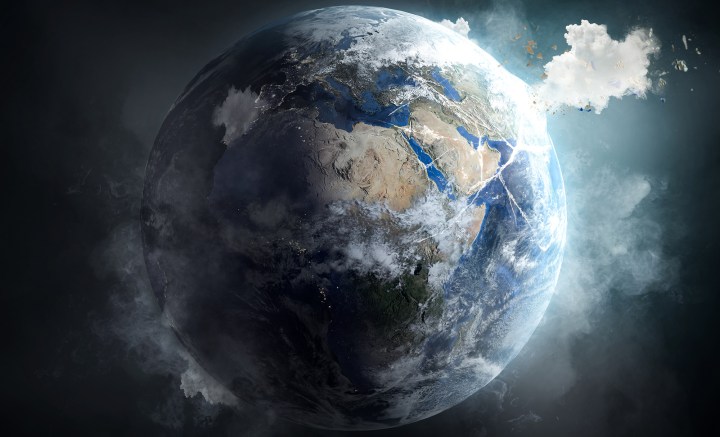GREENHOUSE EFFECT
Atmospheric CO2 levels now more than 50% higher than in pre-industrial era

Carbon dioxide in the atmosphere intensifies the greenhouse effect, leading to amplified human-induced climate change with devastating consequences for ecosystems, weather patterns and the delicate balance of our planet.
Scientists from the National Oceanic and Atmospheric Administration and the Scripps Institution of Oceanography have said that carbon dioxide (CO2) levels are now more than 50% higher than they were before the Industrial Revolution.
Carbon dioxide in the atmosphere intensifies the greenhouse effect, leading to amplified human-induced climate change with devastating consequences for ecosystems, weather patterns and the delicate balance of our planet.
In a media statement, the institutions said that measurements of CO2 averaged 424.0 parts per million (ppm) in May, the month when CO2 peaks in the Northern Hemisphere.
“That is an increase of 3.0 ppm over May 2022, and represents the fourth-largest annual increase in the peak of the Keeling Curve,” said scientists at Scripps.
Daily Maverick previously reported that the global average temperature has increased by 1.1°C from 1850 as a result of cumulative greenhouse gas (GHG) emissions, and heightened between 2011 and 2020 — mainly attributable to the fossil fuel industry, according to the most recent Intergovernmental Panel on Climate Change report.
The 2015 Paris Agreement saw countries committing to take steps towards ensuring that the global average temperature increases do not surpass 1.5°C, which is one of the thresholds beyond which the world faces increasingly severe and irreversible impacts, including more frequent and intense extreme weather events, rising sea levels, biodiversity loss and disruptions to ecosystems and human livelihoods.
In the South African context, this will mean increased temperatures, rising sea levels, and changes in precipitation patterns with erratic results, meaning longer, more frequent droughts in some places and more flooding in others, with attendant impacts on agriculture, water resources and ecosystems. It will also mean an increased risk of extreme weather events such as droughts, floods, heat waves and cyclones.
Scientists at World Weather Attribution shared one such example. Regarding the severe and devastating flooding in KwaZulu-Natal last April, they concluded that “greenhouse gas and aerosol emissions are (at least in part) responsible for the observed increases [in extreme rainfall]” and, “the probability of an event such as the rainfall that resulted in this disaster has approximately doubled due to human-induced climate change. The intensity of the current event has increased by 4-8%.”
Read more in Daily Maverick: Images of Hell: The death and destruction in the aftermath of the KZN floods
Ominously, they warn that “heavy rainfall events are projected to increase in frequency and magnitude in the future with additional global warming levels”. DM
To read all about Daily Maverick’s recent The Gathering: Earth Edition, click here.



















 Become an Insider
Become an Insider
Comments - Please login in order to comment.